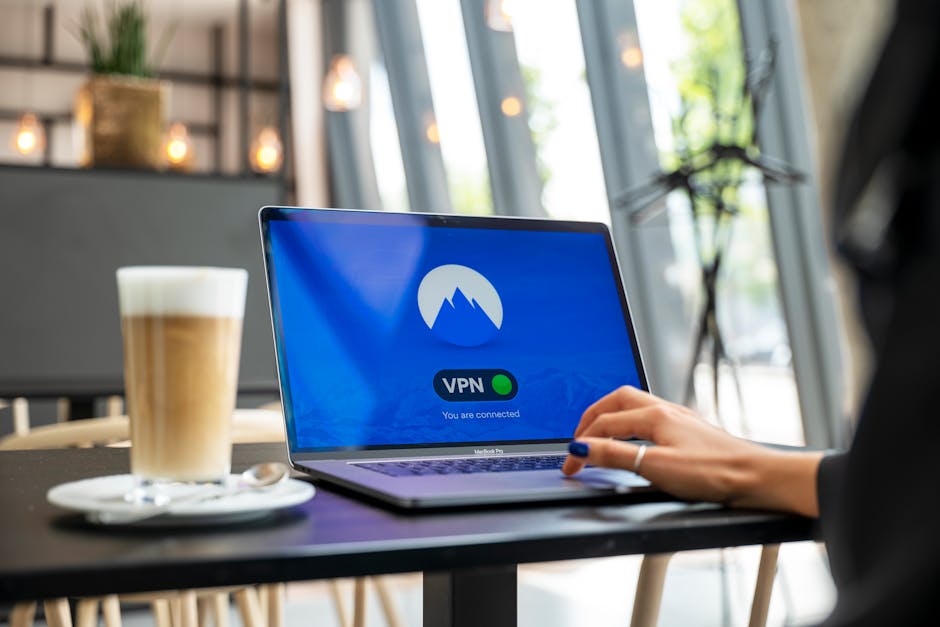The AI Revolution is Coming to Your Desktop
Hold onto your desktops, because the ground beneath the world’s most popular operating system is shifting. In a move that feels less like an update and more like a declaration, Microsoft has committed to making Windows 11 “AI-native.” This isn’t an optional upgrade you can ignore; it’s the new reality of computing, and it’s coming to a PC near you.
For years, we’ve seen Artificial Intelligence as an application or a feature—a button you click, a service you subscribe to. But Microsoft’s vision, articulated by executives like Consumer Chief Marketing Officer Yusuf Mehdi, is far more ambitious. We’re not just talking about having the Copilot chatbot pinned to the taskbar. We’re talking about an operating system where AI is woven into its very fabric.
What Does an “AI-Native” Windows 11 Actually Mean?
So, what does an “AI-native” Windows look like in practice? It’s about creating an OS that anticipates your needs rather than just reacting to your commands.
Imagine these scenarios:
* A Start Menu that doesn’t just show recent apps, but proactively suggests the exact document you need for your next meeting.
* A File Explorer that can search for images based on their content (“show me photos from my vacation with a beach”) without you ever tagging them.
* System performance that intelligently allocates resources not just based on what you’re doing now, but on what it predicts you’ll do next.
This isn’t science fiction; this is Microsoft‘s roadmap.
The Hardware Shift: How NPUs Power the New “AI PCs”
The key to this revolution is the tight integration of software with new hardware—specifically, the rise of NPUs (Neural Processing Units). These dedicated AI chips are becoming standard in new laptops from Dell, HP, and Lenovo, creating a new category of “AI PCs.”
NPUs allow for complex AI tasks to run directly on your device instead of in the cloud. This means faster, more private, and more context-aware AI experiences that don’t always need an internet connection. Microsoft is building the operating system for this new generation of hardware.
The “Whether You Like It or Not” Problem: Privacy and Control
While the promise of seamless productivity is enormous for professionals, students, and creators, this aggressive push brings valid concerns.
First and foremost is privacy. For an OS to be truly predictive, it needs to learn from your behaviour—your habits, projects, and contacts. While on-device processing via NPUs mitigates some risk, the line between helpful assistance and digital surveillance can become uncomfortably thin. Microsoft will need to be transparent about what data is collected and how it’s used.
Then there’s the issue of user control. Many users prefer their computers to be predictable and obedient. The idea of an OS making decisions for us is, for some, a step too far. We all remember the ghost of Clippy, the annoying paperclip assistant from the 90s. An AI-native Windows could feel like Clippy on steroids if not implemented with care and clear options for users to dial it back or turn it off.
The Future is Intelligent
There’s no debating it: the AI train has left the station, and Microsoft is determined to be the conductor. This isn’t just another feature rollout; it’s a fundamental rethinking of what an operating system should be. The transition from a graphical user interface to an intelligent, predictive one is officially underway. Get ready, because your PC is about to get a lot smarter—and a whole lot more personal.




